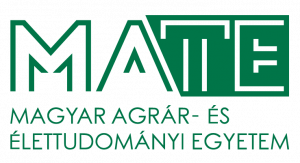4.1 Prevention methods for plant protection against diseases in organic agriculture
Plant strengthening
Plant strengthening promotes the robustness of the plant and disease prevention. It may stimulate root growth and support nutrient supply, thus increase stress resistance to environmental factors and promoting healthy plant growth. The use of plant strengthening agents is always preventive. Strengthened plants have strengthened cell walls and epidermis, which prevent or reduce the penetration of pathogens.
For example, the horsetail extract Equisetum plus makes infections by fungal pathogens such as Erysiphe necator more difficult when used regularly, due to the deposition of silicic acid in the cell walls. Plant strengtheners can also activate the plant's own defenses and thus protect against possible infection by microbial pathogens. After their application, there is an increase of phytoalexins (plant defense substances) and so-called ROS defense proteins (reactive oxygen species H2O2; destruction of pathogens invading the plant) in the green parts of the plant. They are responsible for the crop's resistance to disease attack.
Generally, plant and nutrient extracts as well as microorganisms for seedtreatment are used for plant strengthening. Algae extracts possess a high number of micronutrients and increase the tolerance of plant protection products.
Extracts from the following algae species are used for plant strengthening:
- Ascophyllum nodosum (SuperFifty®,AlgoVital Plus®)
- Laminaria (Resistance®)





